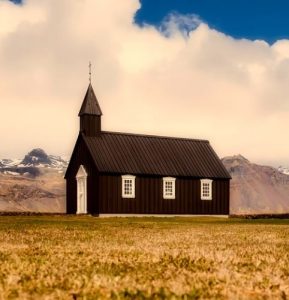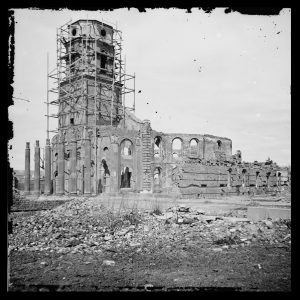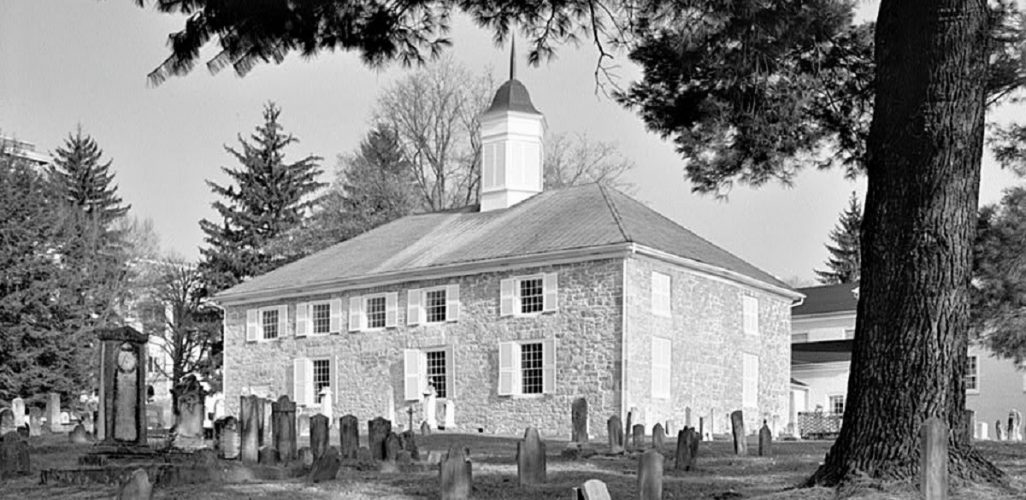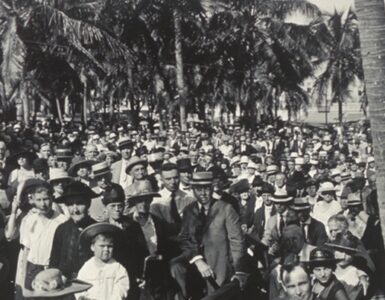 The Internet provides an abundance of information and materials for use, but some sites are more reliable for information than others. One of the sources for dependable, primary source information is the Library of Congress which continues to digitize materials for viewing and use. As part of the Works Progress Administration (WPA) during the Great Depression in the nineteen thirties, President Roosevelt’s administration began a project called the Federal Writers’ Project (FWP). A quick search using Federal Writers Project as a phrase yielded over 4,000 hits on the Library of Congress site. The FWP researched and composed detailed guides to all of the forty-eight states and selected cities (Hawaii and Alaska were added to the nation in 1959). In the case of South Carolina, the guide was first published in 1941 but was reprinted in 1988 by the University of South Carolina Press with a new introduction and appendices by Walter B. Edgar, Professor Emeritus, University of South Carolina. The detail is remarkable including information about churches within the state that are cataloged in the index under the heading “Religion.” This work provides a fixed point of reference in the historical timeline of the United States regarding just about anything in the nineteen thirties associated with architecture, geography, history, roads, sports and recreation, as well as other subjects. However, before the guides for South Carolina and the other states were published, another Depression-era project called the Historic American Buildings Survey (HABS) began in 1933 and continues today to provide documentation of the nation’s architectural history. The HABS was an agreement between the Library of Congress, National Parks Service, and American Institute of Architects. So in addition to textual material from the FWP, The Library of Congress has a number of photographs from the HABS as well as other collections that include churches, some of which no longer stand. The goal of the survey is to provide a complete sampling of the national architecture. Old church pictures can be located using the search bar at the top of the web page. It is a remarkable album of photographs, and as has been seen in some of the headers on Presbyterians of the Past, the Library of Congress has an extensive old map collection.
The Internet provides an abundance of information and materials for use, but some sites are more reliable for information than others. One of the sources for dependable, primary source information is the Library of Congress which continues to digitize materials for viewing and use. As part of the Works Progress Administration (WPA) during the Great Depression in the nineteen thirties, President Roosevelt’s administration began a project called the Federal Writers’ Project (FWP). A quick search using Federal Writers Project as a phrase yielded over 4,000 hits on the Library of Congress site. The FWP researched and composed detailed guides to all of the forty-eight states and selected cities (Hawaii and Alaska were added to the nation in 1959). In the case of South Carolina, the guide was first published in 1941 but was reprinted in 1988 by the University of South Carolina Press with a new introduction and appendices by Walter B. Edgar, Professor Emeritus, University of South Carolina. The detail is remarkable including information about churches within the state that are cataloged in the index under the heading “Religion.” This work provides a fixed point of reference in the historical timeline of the United States regarding just about anything in the nineteen thirties associated with architecture, geography, history, roads, sports and recreation, as well as other subjects. However, before the guides for South Carolina and the other states were published, another Depression-era project called the Historic American Buildings Survey (HABS) began in 1933 and continues today to provide documentation of the nation’s architectural history. The HABS was an agreement between the Library of Congress, National Parks Service, and American Institute of Architects. So in addition to textual material from the FWP, The Library of Congress has a number of photographs from the HABS as well as other collections that include churches, some of which no longer stand. The goal of the survey is to provide a complete sampling of the national architecture. Old church pictures can be located using the search bar at the top of the web page. It is a remarkable album of photographs, and as has been seen in some of the headers on Presbyterians of the Past, the Library of Congress has an extensive old map collection.
The header image shows the Old Stone Church in Lewisburg, West Virginia, where John McElhenney was pastor for over sixty years. The header is snipped from one of four images; the Old Stone Church collection also has thirteen drawings and four data sheets. The image is from Survey HABS WV-21-1.
One of the other Library of Congress collections is titled, “Civil War Photographs, 1861-1865, Library of Congress, Prints and Photographs Division.” The two images below are copied from stereo view cards and they show the ruins of Circular Congregational Church, Charleston. They were taken some time between its burning in 1861 and the 1886 earthquake that left the remaining walls tottering and dangerous. Earthquakes are particularly devastating in Charleston because much of the lower peninsula is built on reclaimed marsh that was filled and not always properly compacted. The remains of Circular Church were demolished and the current building was completed in 1890. The church that burned and was razed had been designed by Robert Mills and was completed in 1820.
For additional information about old churches, see the posts listed in the “Old Churches” category. The color picture of the remote chapel in Iceland is from Pixabay and it was used because of the contrast between the dark chapel and the rugged but serene setting—it has a lovely simplicity. If the chapel has a denominational affiliation, it is likely Lutheran because it is the state church.
Barry Waugh







